Connecting a semi truck to a trailer is a task that requires a blend of precision, technique, and safety awareness. Whether you’re a seasoned driver or a newcomer to the logistics industry, mastering this process is crucial for operational efficiency and safety on the road. In this guide, we will explore the step-by-step procedures, essential checks, and best practices to ensure a secure and effective coupling of your semi truck and trailer.
Understanding the Components of a Semi Truck and Trailer
Before diving into the hookup process, it’s essential to comprehend the components involved:
| Component | Description |
|---|---|
| Semi Truck | The front portion, which houses the engine, driver, and cargo area. |
| Trailer | The rear portion, designed to carry goods, secured by the fifth wheel. |
| Fifth Wheel | The coupling mechanism located on the truck that locks onto the trailer kingpin. |
| Kingpin | A steel pin located at the front of the trailer that fits into the fifth wheel. |
| Air Lines | Hoses that provide air pressure for the trailer brakes and suspension. |
| Electrical Lines | Wires that connect the truck’s electrical system to the trailer’s lights and controls. |
Understanding these components ensures you approach the hookup process with clarity.
Step-by-Step Guide to Hooking Up a Semi Truck and Trailer

1. Preparation: Gather Necessary Equipment
Before commencing the hookup, ensure you have the following tools and safety gear:
- Tire chocks
- Safety cones
- Gloves
- Flashlight (if working in low light)
2. Positioning the Truck and Trailer
Finding the Correct Spot
- Drive the semi truck to a location directly in front of the trailer.
- Make sure the ground is level and free of debris.
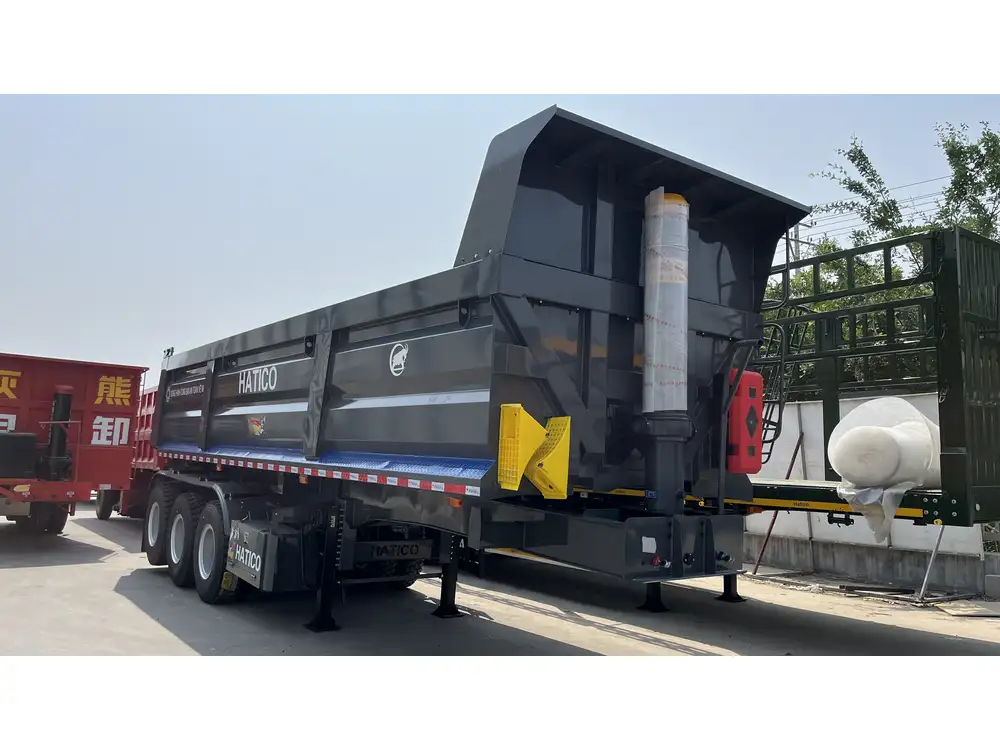
Aligning the Truck with the Trailer
- Position the truck so that the fifth wheel is directly over the kingpin.
- Ensure ample space to maneuver without obstacles.
3. Lowering the Trailer Landing Gear
Releasing the Trailer Safety Locks
- Use the crank handle to lower the landing gear until it’s fully extended.
- Ensure the trailer is stable before detaching it from previous connections.
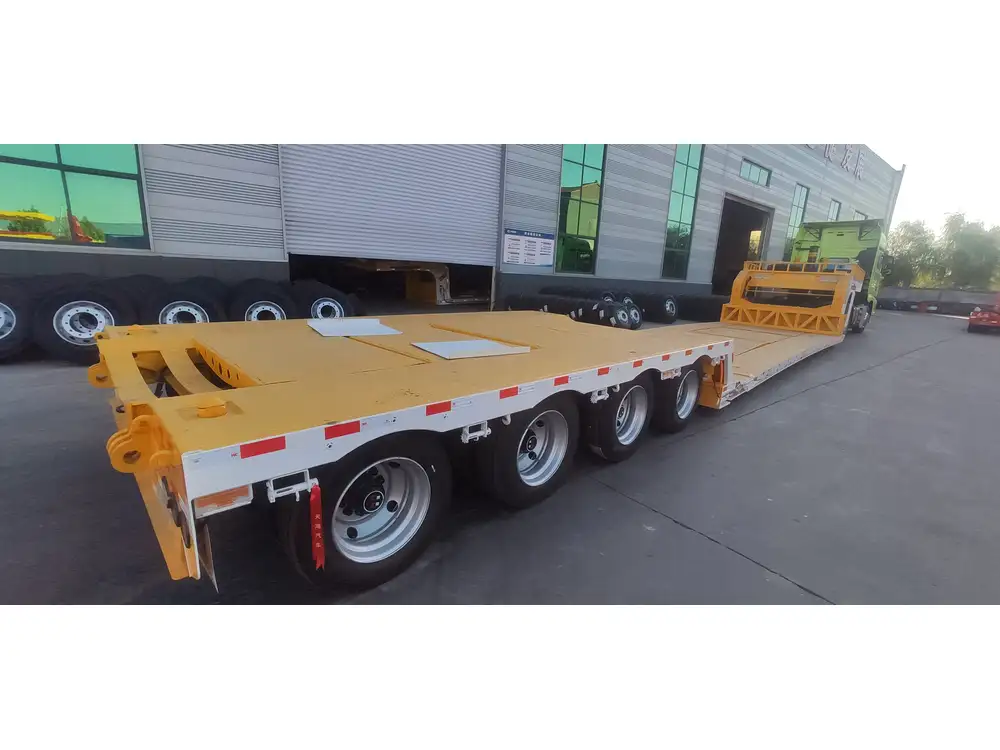
4. Hitching Procedure
Engaging the Fifth Wheel
- Slowly reverse the truck towards the trailer.
- Monitor the alignment of the fifth wheel with the kingpin.
- Listen for the locking mechanism to engage; a distinct ‘click’ sound indicates a secure connection.
5. Securing Air and Electric Connections
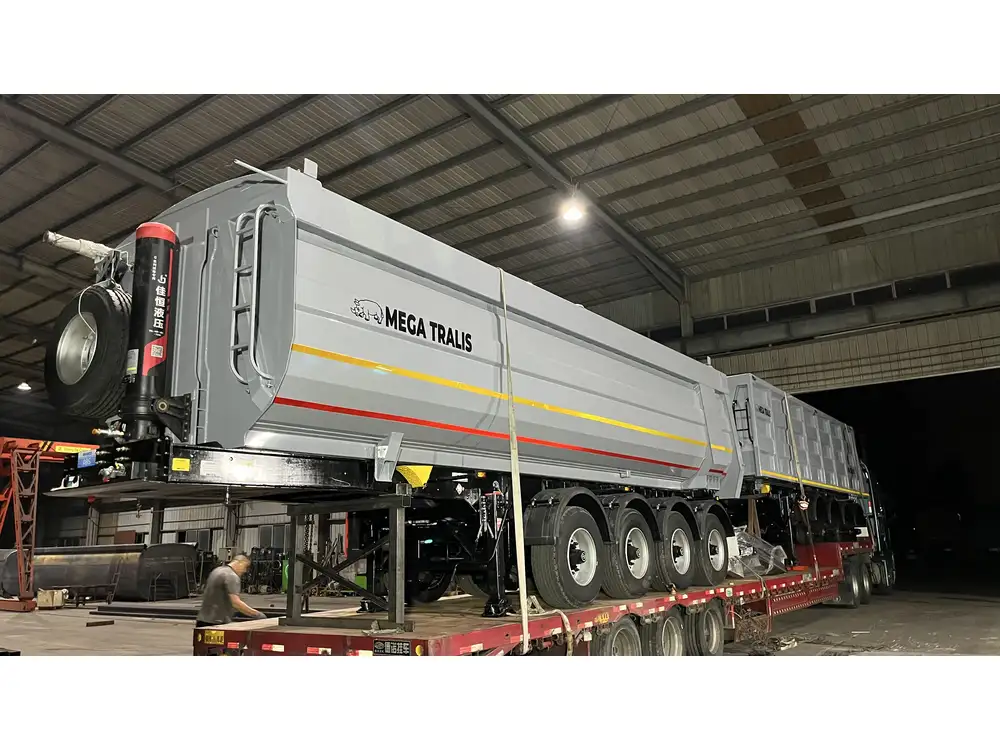
Attaching the Air Lines
- Identify the air line connections on the truck and trailer.
- Connect the blue line (trailer supply) to the appropriate port and the yellow line (emergency) to its respective port.
Ensure that these connections are secure to maintain optimal brake functionality.
Connecting the Electrical Lines
- Attach the electrical connector to the appropriate socket on the trailer.
- Check for signs of wear and damage; replace if necessary to ensure proper lighting and functionality.
6. Final Checks Before Departure
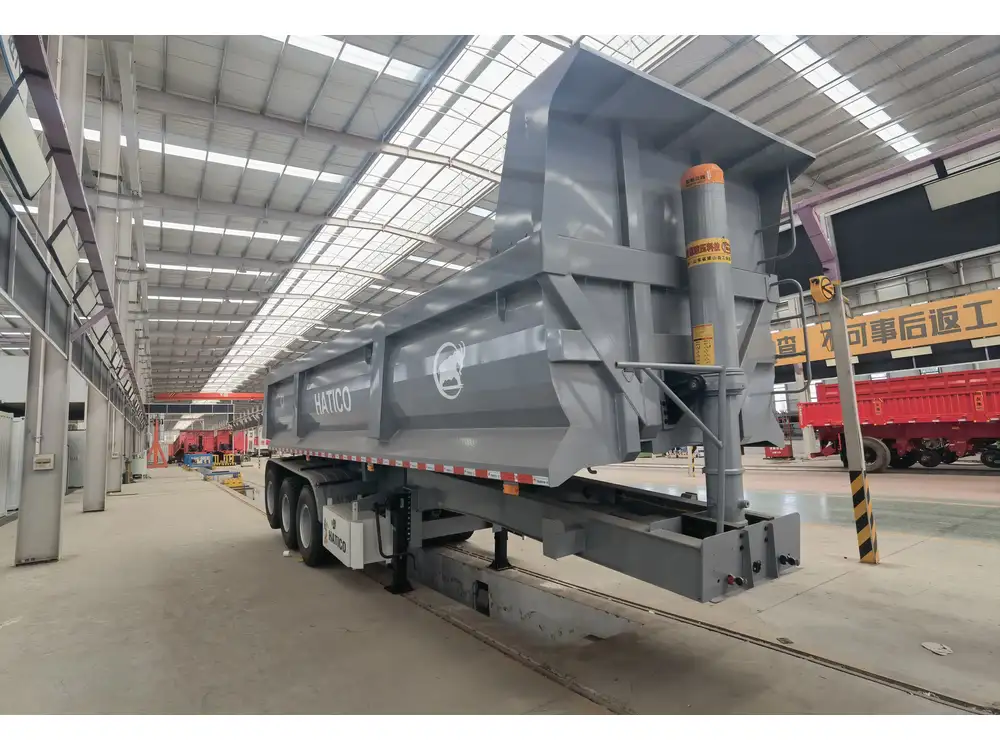
Inspecting Connections
- Double-check that the kingpin is properly locked in place.
- Ensure that the air lines and electrical connections are secure.
Performing Brake Checks
- Activate the trailer brakes to ensure they respond correctly.
- Conduct a functionality test of all lights, including brake lights and turn signals.
7. Safety Precautions
- Always use wheel chocks when the truck is parked.
- Be mindful of your surroundings, especially when maneuvering the truck.
- Educate yourself on the weight distribution limits to prevent tipping.

Troubleshooting Common Hookup Issues
Even the most seasoned professionals can encounter issues when hooking up a semi truck and trailer. Here are some common problems and their solutions:
| Problem | Possible Cause | Solution |
|---|---|---|
| Difficulty aligning the truck | Misjudgment in distance | Adjust the truck’s angle and retry |
| Fifth wheel not locking | Dirt or debris in the hitch | Clean the fifth wheel and inspect |
| Air leaks from lines | Damaged air hoses | Replace any damaged hoses |
| Trailer brakes not engaging | Incorrect air connections | Double-check air line connections |
| Electrical issues | Faulty connections | Inspect and replace damaged wiring |
Understanding these troubleshooting techniques can save time and enhance safety.
Enhancing Operational Efficiency: Best Practices for Hooking Up
Pre-Check Equipment Regularly
Conduct comprehensive inspections of the truck and trailer components, focusing on the fifth wheel mechanism, air lines, and electrical systems.Improve Time Management
Create a checklist that outlines all necessary steps for a quick reference. This will streamline your setup process and reduce stress.Training and Awareness
Ensure all operators receive training on the hookup process, including safety protocols and troubleshooting methods.Emphasize Communication
When working with a team, develop clear signals and communication protocols to avoid accidents during the hookup process.
FAQs on Hooking Up a Semi Truck and Trailer
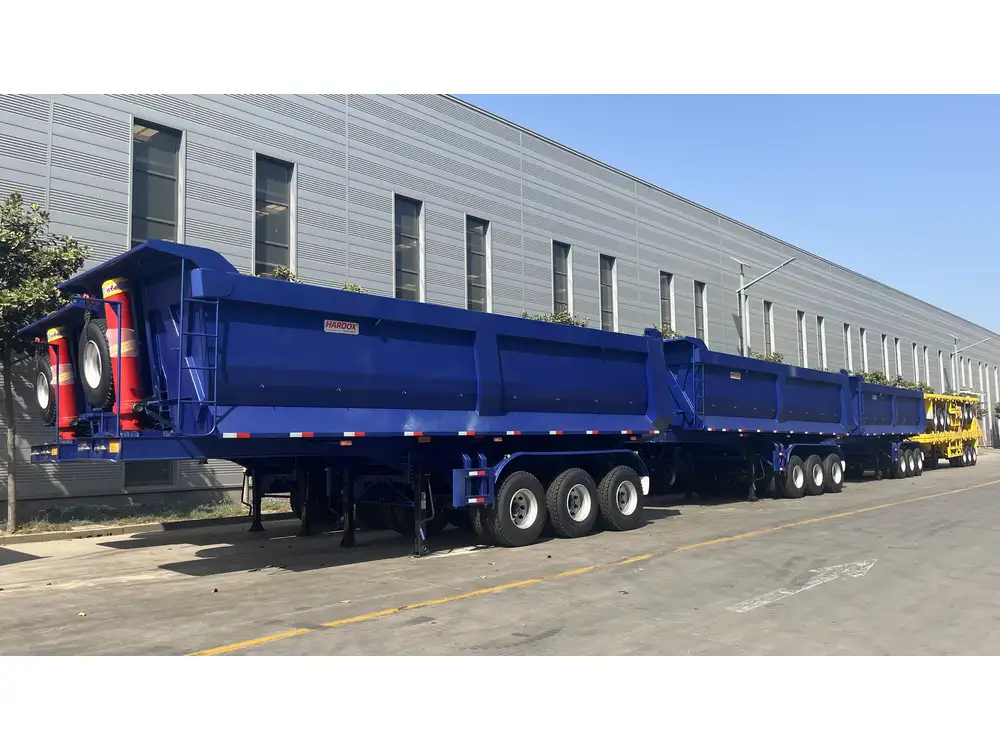
What is the role of the fifth wheel in the hookup process?
The fifth wheel acts as a coupling mechanism that locks the trailer’s kingpin into place. It’s essential for maintaining the connection between the truck and trailer during transportation.
How can I tell if the trailer is properly attached?
After coupling, check for a secure lock by gently pulling the trailer forward with the truck. Additionally, ensure that all connections are secure and that visual inspections confirm the trailer is fully in place.
Are there any weight limits I should be aware of during hookup?
Yes, always adhere to the weight limits specified by both the truck manufacturer and the trailer specifications. Overloading can lead to dangerous situations on the road and legal repercussions.

What are signs that my air lines might need replacing?
Look for cracks, fraying, or discoloration in the air lines. Hissing sounds during operation may also indicate air leakage, suggesting the need for immediate replacement.
How often should I perform maintenance on my truck and trailer connections?
Routine maintenance should occur at least once a month, with additional checks before starting any long trips. Regular inspections of the fifth wheel and connection points will help ensure operational security.
Conclusion: Mastering the Art of Hooking Up
Successfully hooking up a semi truck to a trailer is a blend of technical know-how and practical skill. By following the structured steps outlined in this guide, you can enhance your understanding and execution of the process. Keep safety as your paramount goal, perform routine inspections, and embrace best practices to ensure efficient and secure transport. As we navigate the highways and byways, the importance of a well-executed hookup cannot be overstated, as it serves as the very foundation of logistics and transportation reliability. Equip yourself with this knowledge, and elevate your operational proficiency in the field of semi-trucking.



